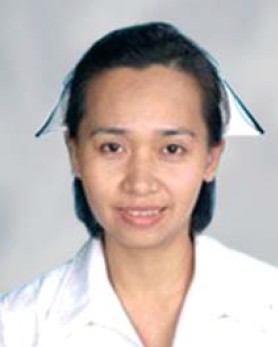A Retrospective Study of the Effect of Nutritional Care
Main Article Content
Abstract
OBJECTIVE: To compare the effectiveness of nutritional care between self-oral intake and enteral tube feeding (ETF) and/or total parenteral nutrition (TPN) on radiation treatment planning and nutritional status in head and neck cancer patients.
MATERIAL AND METHODS: This retrospective descriptive study was performed on head and neck cancer patients receiving radiation therapy at Wattanosoth Hospital between January 1, 2011 and December 31, 2011. Medical records and clinical data from the hospital’s database system were reviewed.
RESULTS: Among a total of 58 patients, 58.6% had self-oral intake while 41.4% received ETF and/or TPN. There was a difference in the effect of nutritional care on radiation treatment planning and nutritional status in head and neck cancer patients between the self-oral intake group and the ETF and/or TPN group. However, this difference was not statistically significant (p > 0.05).
CONCLUSION: In head and necks patients, curative radiation therapy or the concurrent chemotherapy can cause side effects including sore throat, mouth sores and nutritional deficiency. Although ETF and/or TPN should be considered, some patients may refuse these types of nutritional care. Medical personnel should consider the feelings of loss in body image of an individual patient, regularly assess the patient’s nutritional status and develop an appropriate nutritional plan for each patient.
Article Details
This is an open access article distributed under the terms of the Creative Commons Attribution Licence, which permits unrestricted use, distribution, and reproduction in any medium, provided the original work is properly cited.
References
2. Siriwan P, Kumpakran S, Prapaphun I. A situation report on tobacco consumption by province A.D. 2011. Bangkok: Charoendee Munkong Printing, 2012.
3. Dodd MJ. Managing the side effects of chemotherapy and radiation therapy: a guide for patients and nurses, 3rd ed. San Francisco, CA: UCSF Press; 1996.
4. Dodd MJ, Miaskowski C, Greenspan D, et al. Radiation- induced mucositis: a randomized clinical trial of micronized sucralfate versus salt & soda mouthwashes. Cancer Invest 2003;21:21-33.
5. Dudjak L. Mouth care for mucositis due to radiation therapy.Cancer Nurs 1987;10:131-40.
6. Yasko JM. Care of the client receiving external radiation therapy: A self learning module for the nurse caring for the client with cancer. Reston, VA: Reston Publishing Company Inc 1982:184-9.
7. Dijkstra PU, Kalk WW, Roodenburg JL. Trismus in head and neck oncology: a systematic review. Oral Oncol 2004;40:879-89.
8. Kent ML, Bennan MT, Noll JL, et al. Radiation-induced trismus in head and neck cancer patients. Support Care Cancer 2008;16:305-9.
9. Schaefer U, Micke O, Schueller P, et al. Recurrent head and neck cancer: retreatment of previously irradiated areas with combined chemotherapy and radiation therapy- results of a prospective study. Radiology 2000;216:371-6.
10. Eisbruch A, Lyden T, Bradford CR, et al. Objective assessment of swallowing dysfunction and aspiration after radiation concurrent with chemotherapy for head and neck cancer. Int J Radiat Oncol Biol Phys 2002;53:23-8.
11. Naiyana P. Nutritional care for head and neck cancer patients receiving tube feeding during radiotherapy. Journal of Thai Society of Therapeutic Radiology and Oncology 2010;16:125-6.
12. Oken MM, Creech RH, Tormey DC, et al. Toxicity and response criteria of the Eastern Cooperative Oncology Group. Am J Clin Oncol 1982;5:649-55.


